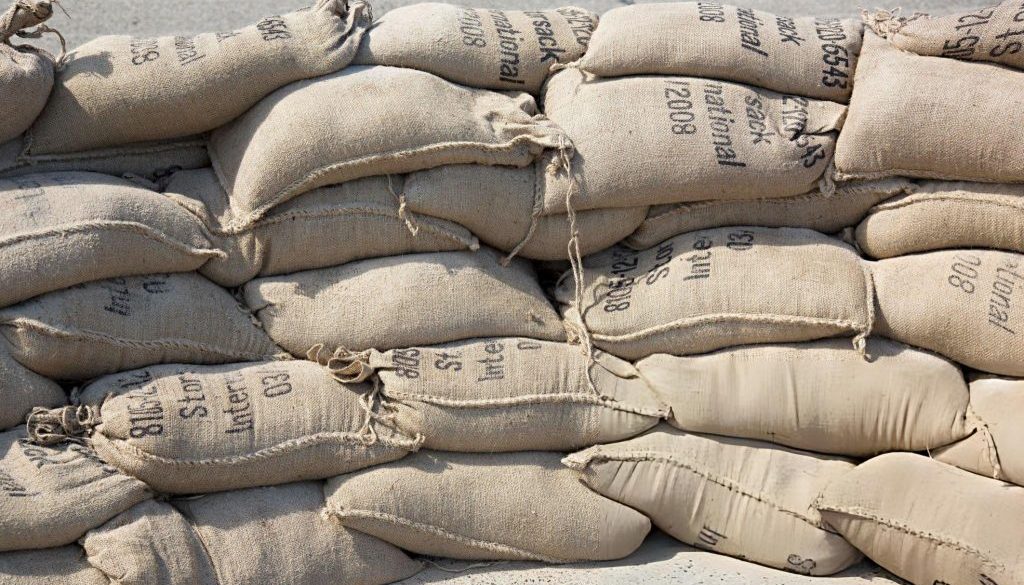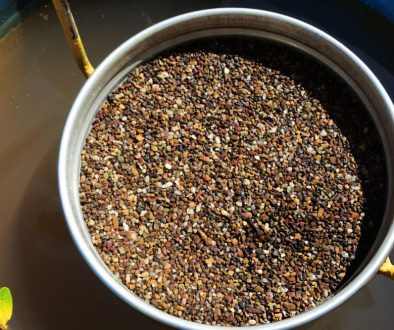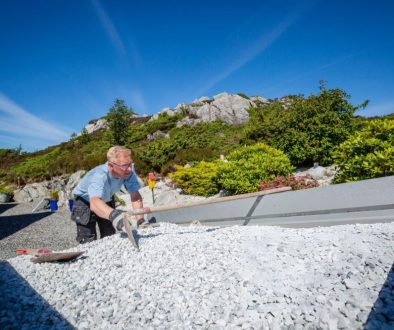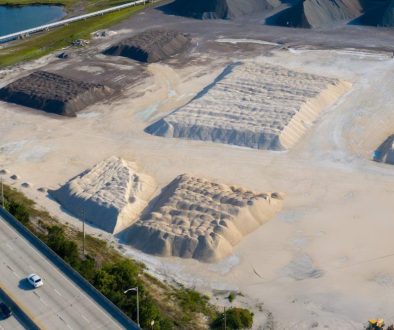When you’re working on a building or garden project, getting your materials right from the start makes everything go smoother. One of the most common things we get questions about is how much sand is really needed for a job. A 1 tonne building sand bag is a popular size, especially for small to medium projects, but that doesn’t mean it’s always enough.
If you’re planning ahead, it helps to get a clear picture of what one bag covers and whether your job will need more. Nobody wants to pause halfway through a project just to wait on another load. Let’s walk through the basics so you can order with confidence, whether you’re topping up bedding or laying a full patio.
How Much Sand Does a 1 Tonne Bag Really Cover?
The big question when it comes to sand is how far it will go. A 1 tonne building sand bag usually holds just under a cubic metre of material. But how much area that covers really depends on what you’re doing and how deep the sand needs to be.
For example:
• If the sand is for bricklaying, one bag could last quite a while because only a thin layer is used in the mix.
• For laying slabs or paving, you’ll be spreading a thicker base, which uses the sand faster.
• Rendering walls calls for decent coverage, and if your surfaces are uneven, you might find yourself needing extra.
A rough average is that one bag could cover about 10 to 12 square metres at 50mm depth. If your surface isn’t flat or you’re feathering over dips, that won’t stretch as far. Sand settles differently depending on the use, so it’s always good to check project plans before placing the order.
According to our aggregates page, Enviro Skip Hire supplies high-quality building sand in 1 tonne bags, perfect for domestic and commercial use, and delivered across Cheshire and Staffordshire.
When One Bag Might Not Be Enough
Larger jobs stack up fast. Even if one bag sounds like plenty, certain types of work can go through material at speed. Here are some situations where one just might not be enough:
• Big patios or driveways where bedding needs to stay even and compacted
• Garden redesigns with multiple features, raised beds, or stepped paths
• Projects that stretch over several days where weather can slow down progress or affect drying times
Running short causes simple issues to turn into bigger ones. You might have to stop and wait for more material to arrive, which delays other jobs. The ground might settle differently if the next load isn’t the same type or dampness. If you overdo it trying to stretch what you’ve got, you could end up with uneven results.
We always suggest checking your square metre coverage and adding a small buffer to be safe. That way, you’re less likely to run out and there is no need to make a rushed order partway through.
Things to Think About Before You Order
A bit of planning keeps things moving along. Before you place your order, there are a few details worth checking:
• Measure the space you’re covering and think about how deep the sand will need to be. A quick sketch of the layout helps too.
• The weather can play tricks, especially in places like Cheshire once November rolls in. Damp ground might soak in more material than expected.
• If you’re getting close to winter, rain or frost might slow things down. In that case, having extra sand on hand can stop delays.
If you order a little more, make sure you’ve got a dry spot to store it. A tarpaulin or sheet of wood can keep the worst of the weather off if it comes earlier than expected.
Our website notes that all aggregates, including building sand, are sourced with quality and ease of use in mind and can be stored on your worksite or property if you have enough cover.
Different Sand Types, Different Jobs
It’s easy to think sand is all the same, but there’s more to it. Depending on your job, different kinds of sand will give better results. That also means the amount you’ll need can vary.
Here is a quick guide to the differences:
• Building sand is softer, often used for brickwork or pointing because it gives a smooth finish when mixed.
• Sharp sand has more grit to it, making it better for laying slabs, blocks, or use in screeds where firmness is key.
• Some specialist sands are denser or lighter depending on what they’re made from, and this affects how far they’ll spread.
Matching your job with the right type stops you from ordering based on weight alone. Two 1 tonne bags with different contents could behave in very different ways once you start tipping them out.
Planning Ahead Makes the Difference
It can be tempting to go with a safe single bag and hope for the best. But some pre-checking helps a lot. Figuring out the right sand type, checking your surface area, and allowing for season-related slowdowns saves time in the long run.
A 1 tonne building sand bag is a solid choice for many jobs. It’s manageable, flexible, and usually enough for smaller tasks. Making the right choice early means you’re less likely to be caught short. With the colder months approaching, especially across Cheshire and nearby areas, ordering smarter can get you ahead before winter fully settles in.
Staying on schedule for your Cheshire project is easier when you choose the right materials ahead of time. From patio installations to garden preparation, making sure you have enough sand on hand helps everything run smoothly. We offer high-quality options for any project size, and keeping extra stock is a good idea when the weather is unpredictable. You can view our reliable supply of 1 tonne building sand delivered locally, and place your order with Enviro Skip Hire today.




